By 2030, the seaport system in Hai Phong is expected to be able to handle 175.4 - 215.5 million tons of cargo and 20.4 - 22.8 thousand passengers.
The Ministry of Construction has just approved the Detailed Plan for the development of land and seaport areas in Hai Phong for the 2021-2030 period, with a vision to 2050.
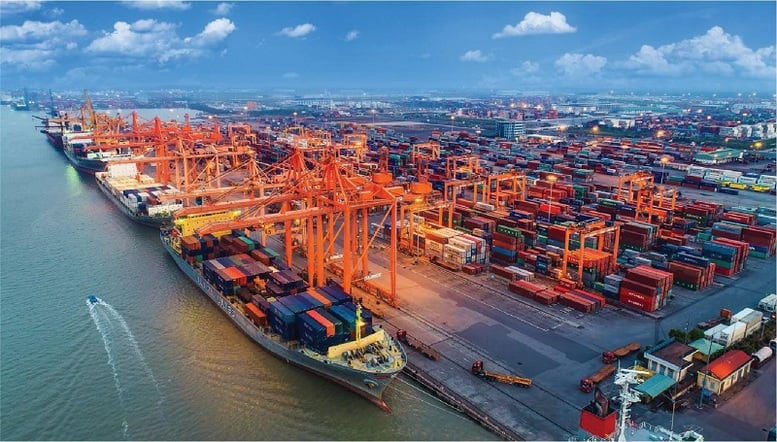

According to the approved planning, Hai Phong seaport includes the following wharf areas: Lach Huyen; Dinh Vu; Song Cam - Pha Rung; Nam Do Son, Van Uc; Bach Long Vi island district port; buoy wharves, transshipment areas and anchorage areas, avoiding and sheltering from storms.
By 2030, Hai Phong port will handle up to 215 million tons of goods.
By 2030, the seaport aims to handle 175.4 - 215.5 million tons of cargo (including 12.15 million - 14.92 million TEUs of container cargo, excluding international transit container cargo) and 20.4 - 22.8 thousand passengers.
The area will have 61 - 73 ports, including 98 - 111 wharves with a total length of 20,196 - 23,446m (not including other ports).
By 2050, seaports will meet the demand for goods with an average growth rate of 5 - 5.3%/year, and passengers with an average growth rate of 1.5 - 1.6%/year.
In this phase, continue to develop new ports to meet the demand for goods throughput. In particular, complete the investment in Lach Huyen port area and relocate ports on Cam River in accordance with the development plan of Hai Phong city. At the same time, invest in developing ports in Nam Do Son and Van Uc port areas.
Total land use demand according to planning until 2030 is about 1,638 hectares (not including areas for developing industrial parks, logistics... associated with the port).
Total demand for water surface use according to the plan until 2030 is about 116,536 hectares (including other water areas within the management scope without maritime works).
The capital investment demand for the seaport system by 2030 is about 78,028 billion VND, including investment capital for public maritime infrastructure of about 11,950 billion VND and investment capital demand for ports of about 66,078 billion VND (including only ports providing cargo handling services).
Lach Huyen wharf area accommodates ships up to 200,000 tons.
According to the plan, by 2030, Lach Huyen wharf area will meet the volume of goods from 61.4 - 90 million tons and the number of passengers from 10.5 - 11 thousand passengers.
The port area will have 14-16 wharves, including 15-18 wharves with a total length of 5,625-6,875m (excluding other ports). Of which, wharf areas 1, 2, 3, 4 receive ships with a capacity of up to 165,000 tons (12,000 Teu). Wharves from wharf 5 to wharf 10 receive ships with a capacity of up to 200,000 tons (18,000 Teu), in accordance with related infrastructure.
In addition, Lach Huyen port area is also planned to have Got 1 and Got 2 ports, with general and bulk piers, receiving ships with a capacity of up to 100,000 tons. At the same time, there are 2 Cai Trap 1 and Cai Trap 2 ports, respectively receiving ships with a capacity of up to 150,000 tons and 100,000 tons. The area is also planned to have ports No. 21 and No. 22 to receive liquid/gas cargo with a total length of 600m, receiving ships with a capacity of up to 150,000 tons.
Lach Huyen is also a port area that is identified as a priority for investment according to the planning. In addition to Lach Huyen, there is also the starting port of Nam Do Son port area (Hai Phong), ports in Dinh Vu port area and Van Uc port serving the relocation of ports on Cam River.
Regarding public maritime infrastructure, the plan identifies priority investment projects such as investment in the construction of the Van Uc - Nam Do Son river channel and the political dike system (initial phase). Gradually expand the Hai Phong maritime channel (expand the Ha Nam canal, the Lach Huyen channel section including the turning basin).
Along with that, priority is given to investing in infrastructure serving maritime safety assurance such as anchorage areas, storm shelters, maritime traffic monitoring and coordination systems (VTS), as well as public ports and facilities serving specialized state management tasks.
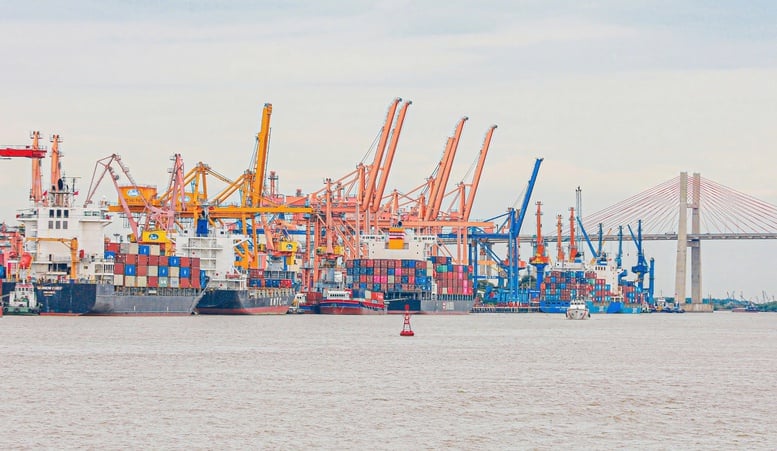

Unsynchronized infrastructure reduces Hai Phong seaport exploitation capacity
According to the Vietnam Maritime Administration, although cargo output at seaports in the Hai Phong area has continuously increased and port enterprises have focused on investing in modern equipment, the infrastructure is not yet synchronous and traffic connections are still inadequate, causing potential to not be fully exploited.
According to statistics, in 2024, the volume of goods through Hai Phong seaport will reach 106.5 million tons, of which container cargo accounts for 78.2 million tons, equivalent to 7.2 million TEUs.
In the period 2020-2024, the average growth rate will reach 5.8%/year, of which container cargo will increase by 7.2%/year; general cargo and bulk cargo will increase by 0.7%/year; liquid/gas cargo will increase by 8.9%/year.
While the volume of goods increased steadily, the number of ships passing through the port decreased slightly (-0.9%), but the total capacity of ships increased by 4.8%. This shows that large ships are increasingly dominating when calling at Hai Phong port. Currently, berths 5 and 6 of Lach Huyen wharf area have received container ships with a capacity of up to 160,000 tons with reduced load.
Currently, Hai Phong port – the largest seaport in the North – has formed 14 international shipping routes. Of these, 6 are trans-Pacific routes directly to the Americas, one route to Australia, 2 routes to India and many other intra-Asian routes.
Despite significant progress, Hai Phong seaport has not developed as expected due to infrastructure problems. The project has not synchronized between planning and actual investment. The progress of port development is still slow due to problems in developing industrial zones after the port. In addition, the relocation and conversion of the functions of Hoang Dieu wharfs has not been implemented according to the plan.
The development of new ports requires synchronous infrastructure (transportation, engineering, logistics, etc.), but the financial capacity of some investors is limited, while the responsibility for implementation belongs to many entities, causing a lack of connection and slow progress.
In addition, the shipping channel into the port is still a one-way channel, with a high density of ships causing many ships to wait for long periods of time, reducing loading and unloading efficiency. In particular, road transport is still the main mode, leading to local congestion in areas behind the port such as Chua Ve, Dinh Vu and on Highway 5. The connection between rail and inland waterway transport with the port is still weak. Waterways are often affected by floods and storms, causing sedimentation and drought, making it difficult to exploit this transport route effectively year-round.
Government Newspaper
Source: https://vimc.co/hon-66-000-ty-dong-dau-tu-he-thong-cang-bien-hai-phong/










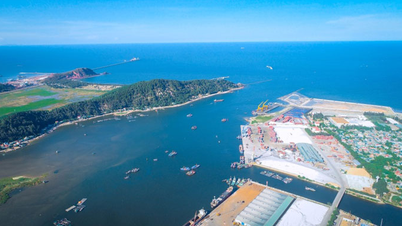
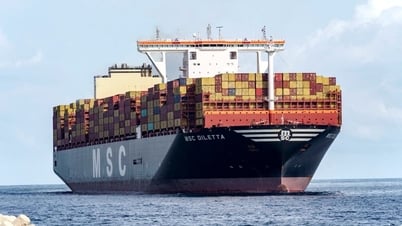































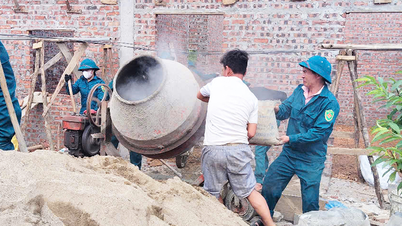











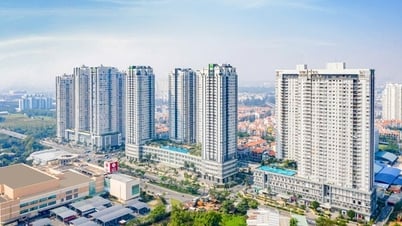




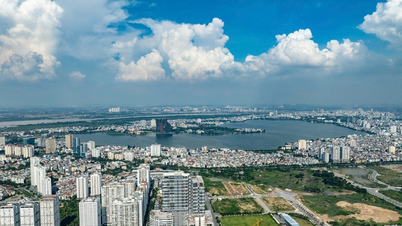


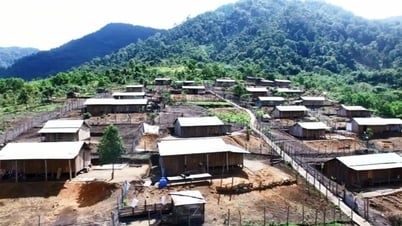



























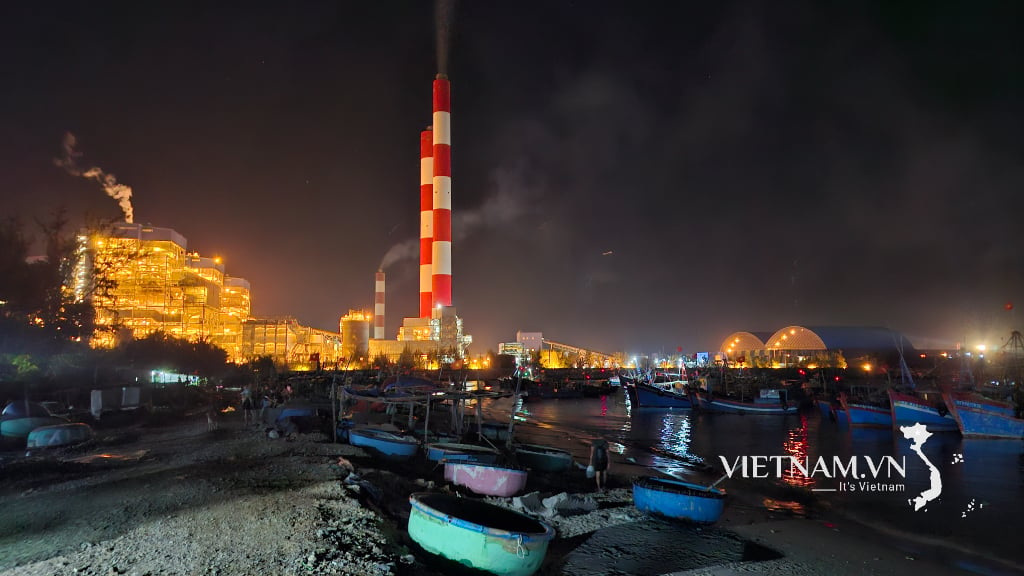


Comment (0)